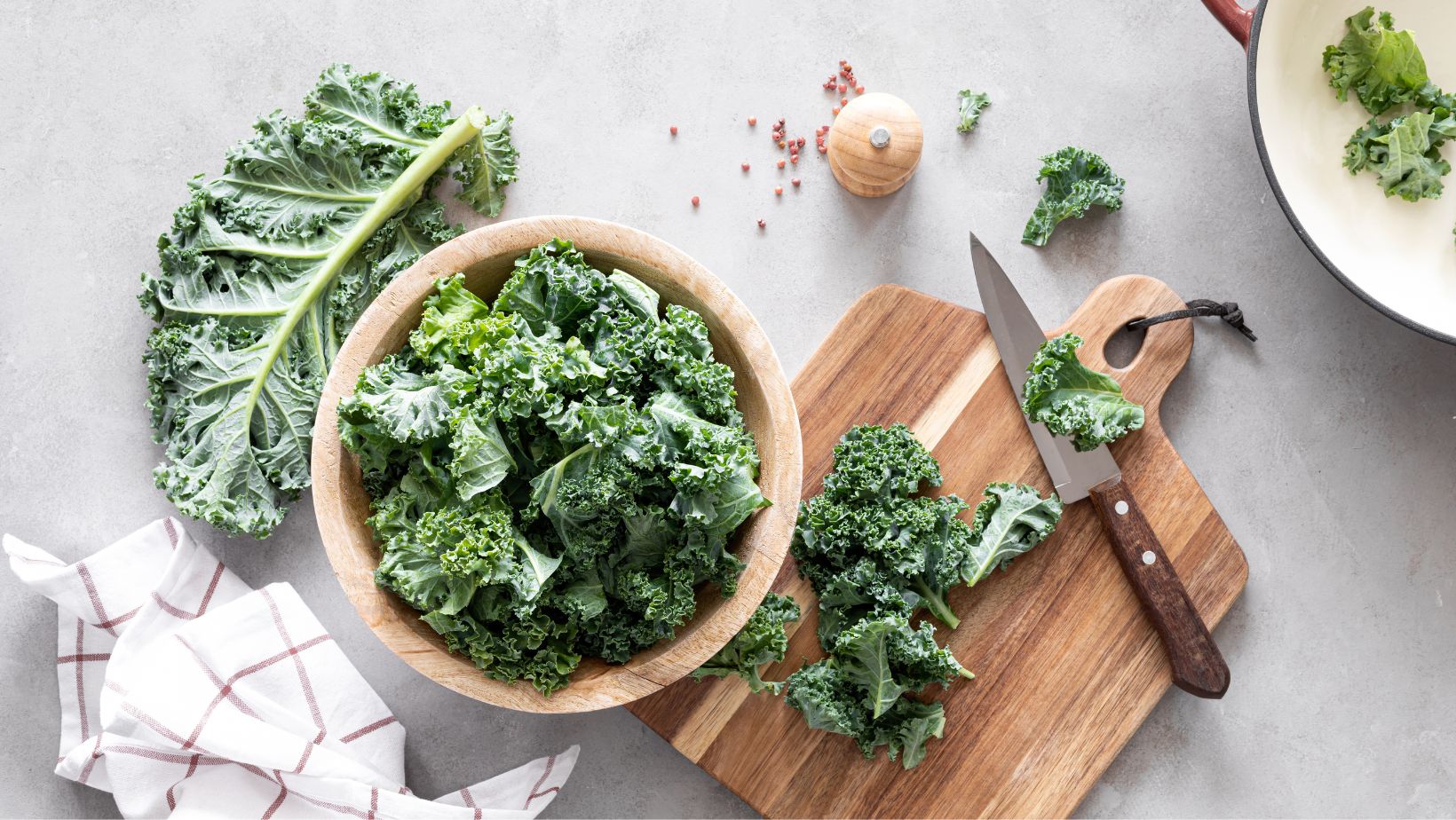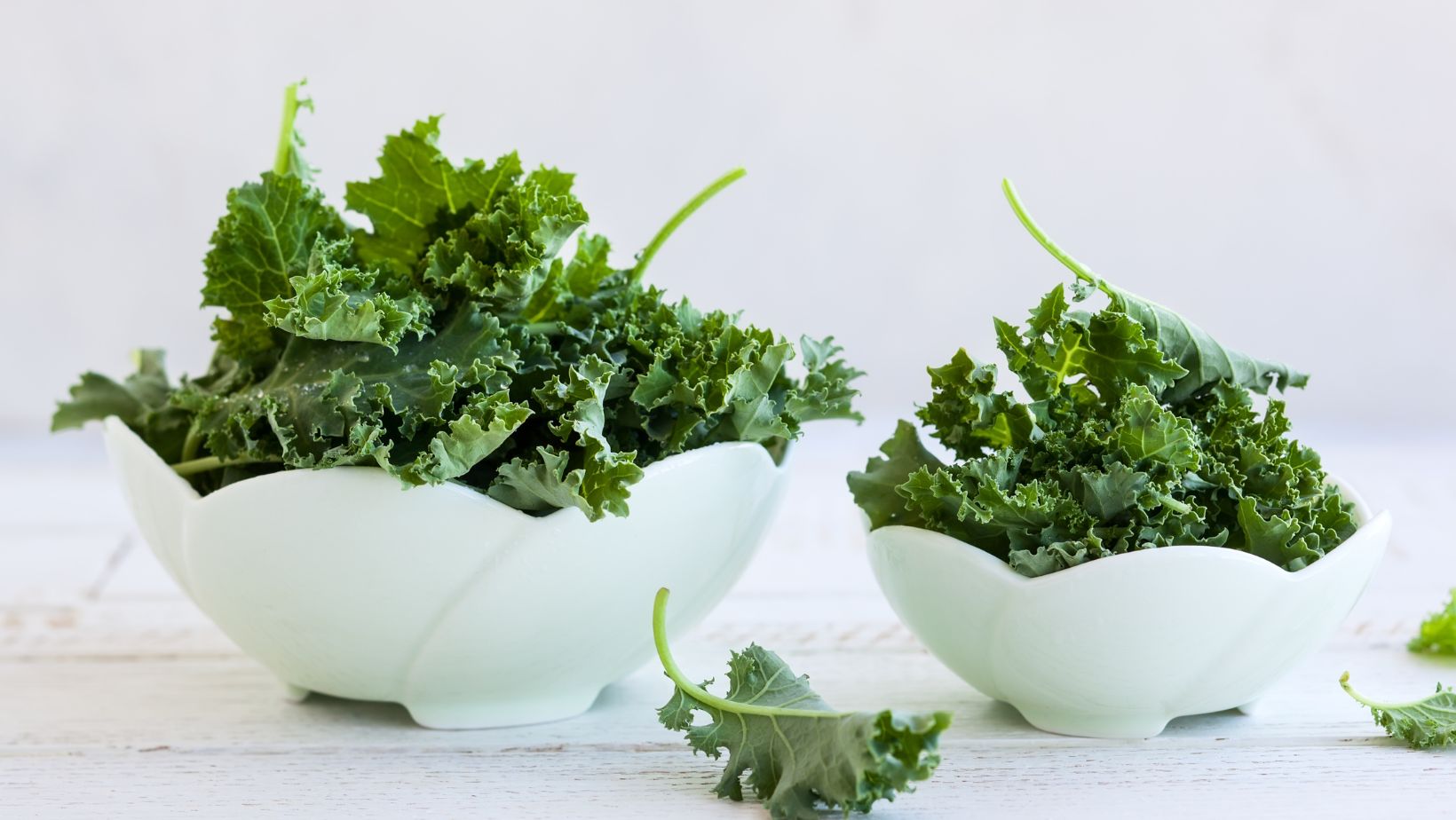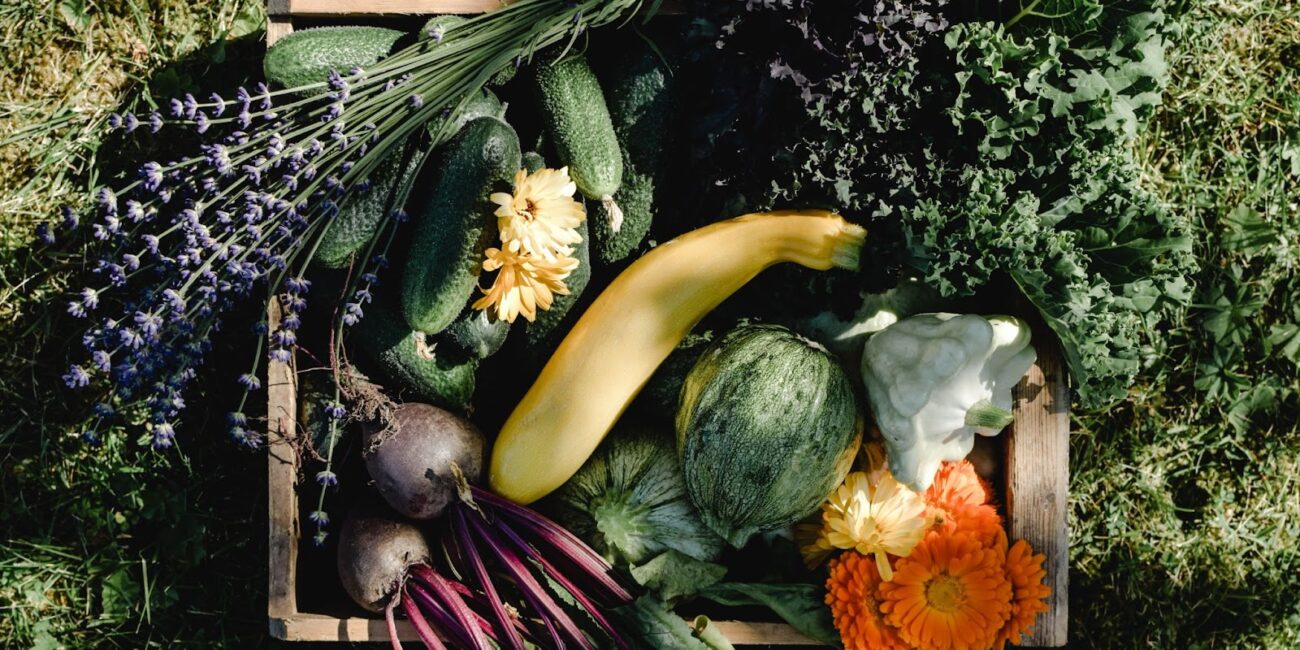Kale is a popular leafy green vegetable that requires proper cleaning before consumption. To ensure your kale is free of dirt, pesticides, and other impurities, follow these steps for cleaning kale.
- Fill a large bowl with cold water.
- Remove the kale leaves from their stems and discard the stems. Tear or chop the kale into bite-size pieces.
- Submerge the kale pieces in the bowl of water for at least 5-10 minutes to allow any dirt or sediment to settle to the bottom of the bowl.
- Drain the water and rinse the kale thoroughly under running water while rubbing it gently with your hands to remove any remaining impurities.
Additionally, it’s important to note that you can also use a salad spinner to dry your cleaned kale before cooking or storing it in an airtight container in the refrigerator.
As an avid gardener, I ran into issues with pest infestation on my kale crops. It wasn’t until I learned how to properly clean my kale that I was able to eliminate these pests and enjoy fresh and healthy greens from my garden every season.
Why waste time washing kale leaves when you can just let them air dry in the wind of your procrastination?
How to Clean Kale
To ensure clean and fresh kale leaves, you need to learn the proper way of washing them. In order to achieve this, “Washing kale leaves” section with “Soaking kale leaves in water, Using a kitchen sink sprayer, Rubbing kale leaves with hands” as solutions briefly understands the importance of each washing technique and its benefits in removing impurities and dirt from the kale leaves.

Soaking Kale Leaves in Water
To ensure the cleanliness of your kale leaves, consider immersing them in water. This process can effectively remove any dirt or residue that may be present on the leaves’ surface. Once you have filled a clean basin with cold water, add the kale to it and gently swish the leaves around for several minutes.
After allowing any debris to sink to the bottom of the bowl, carefully lift out the leaves and discard the dirty water. Rinsing kale in this way can help reduce any residual pesticides while also increasing its crispness and taste. It is recommended that you keep your washed kale stored separately from unwashed produce. It’s not uncommon for small insects like aphids to be discovered on your freshly-washed kale leaves, even when purchased from organic sources.
In one famous case, a woman found an entire frog nestled between her kale leaves. While it may not be aesthetically pleasing, washing your greens thoroughly beforehand can prevent such incidents from occurring. When washing kale leaves, using a kitchen sink sprayer is like giving them a spa treatment – except the kale doesn’t get to relax with cucumber slices on its eyes.
Using a Kitchen Sink Sprayer
Kitchen sink sprayer usage for washing kale leaves
Using a high-powered kitchen sink sprayer is one of the most efficient ways of cleaning kale leaves, ensuring that no specks of dirt or sand are left behind. Not only does it save time, but it also eliminates any harmful bacteria that may be present.
- remove the tough stems from your bundle of kale leaves and discard them in your compost bin.
- Next, place the remaining kale leaves in a colander and run them under cold water to remove any large debris.
- Position each leaf under the kitchen sink sprayer nozzle and rinse every side thoroughly, until no more visible dirt comes off.
- To dry your kale efficiently, you can easily use a salad spinner or lay out each leaf on paper towels to get rid of excess moisture.
- Your ready-to-use clean kale can now be used in a variety of meals such as soups, salads and even smoothies!
Moreover, using this method guarantees that stale store-bought vegetables will taste fresher for longer after being washed.
Did you know? This method is not only suitable for washing vegetables like kale but can also be applied to fruits like apples or mangoes whose outer layers are gritty or have stubborn peelings.
Rubbing kale leaves with your hands is the only form of exercise I’m willing to do before eating my greens.
Rubbing Kale Leaves with Hands
Kale is among the most beloved and nutrient-dense leafy greens. A great way to wash kale is by massaging it with your hands, which helps remove dirt and debris while softening its texture.
Here’s a simple 5-step guide on how to massage kale leaves for optimal cleanliness:
- Start by separating the kale leaves from the stem.
- Rinse the kale leaves under cold water.
- Dry the excess moisture using a clean kitchen towel or paper towel.
- Place the dry leaves in a large bowl and add olive oil, salt, lemon juice or vinegar, if you wish.
- Massage the leaves gently but firmly until they turn soft and shiny. This step also helps break down their tough fibers and improves their flavor.
Additionally, it’s essential to avoid overcrowding your bowl when massaging your kale leaves to prevent bruising.
An interesting fact about the process of washing kale is that this method also enhances its nutritional value by breaking down some of its indigestible compounds into healthier forms.
Who needs a dryer when your kale could just air dry under the weight of the guilt you feel for not eating enough vegetables?
Drying Kale
To dry kale with ease and efficiency using a method that suits your preference, explore the sub-sections below. Whether you prefer using a salad spinner, patting leaves dry with a kitchen towel, or air-drying on a clean towel, there are multiple methods to choose from. Additionally, you can consider using a paper towel to absorb excess moisture for a quick and easy drying solution.
Using a Salad Spinner
To remove excess water from kale before using it, one may consider utilizing a kitchen tool known as a salad spinner. This device works by spinning the greens at high speeds, propelling the moisture outwards and into the container’s base.
Here is a simple 4-step guide to using a salad spinner:
- Ensure that the spout overflows into the sink or waste receptacle.
- Place slightly wet kale leaves inside the colander basket.
- Cover the spinner and insert it onto its base for rotation.
- Pump the crank or knob vigorously, stopping after about 12 pumps to check moisture level.
It should be noted that although most salad spinners work similarly, some have been designed with additional components devised to provide various results. For instance, some incorporate powerful motors specially designed for drying herbs or juices.
Lastly, those who deem salad spinners impractical may also choose to use paper towels for removing excess water from their kale. And while this method is not as efficient as a spinner, it works well enough in most cases.
Overall, there are several ways to remove excess water from kale before use. However, when looking for convenience and efficiency without wasting too much time or energy – Utilizing either a kitchen gadget such as a salad spinner or paper towels will do just fine!
Patting kale dry is like giving it a spa day, except it never gets to relax in a hot tub.
Patting Leaves Dry with a Kitchen Towel
When it comes to drying kale, patting leaves dry with a kitchen towel is an effective way. To do this, take the washed kale and gently place it on a clean kitchen towel, then cover it with another towel and lightly press down. This technique quickly removes excess moisture from the leaves without damaging them.
Here’s a 6-step guide to patting leaves dry with a kitchen towel:
- Wash the kale in cold water and remove any dirt or debris.
- Lay a clean kitchen towel on a flat surface like a countertop or table.
- Gently place the washed kale on the towel, making sure the leaves don’t overlap.
- Cover the kale with another clean kitchen towel.
- Press down on top of the towel-covered kale, applying gentle pressure to remove excess moisture from the leaves.
- Remove both towels and you’re left with perfectly dried kale.
Not only does this method of drying kale help preserve its flavor and nutrients, but it also prevents excessive wilting and soggy texture. Before using dried kale in your recipes, make sure that it’s completely dry.
One little-known fact about drying leafy greens like kale is that air drying may not be enough to eliminate all bacteria or pollutants present on the surface of plants. According to a study published in Food Microbiology journal (2018), microorganisms can survive despite air-drying treatments.
Move over, delicate flowers. Kale needs its own towel for air-drying, too.

Air-Drying on a Clean Towel
Using a clean fabric to remove excess moisture from kale is an effective method to dry it and preserve its rich nutritional properties. Here’s a simple guide on how to air-dry kale on a clean towel:
- Clean the kale leaves thoroughly and drain them gently.
- Spread the clean towel on a flat surface, making sure it’s levelled.
- Place the kale leaves in a single layer on top of the towel, ensuring that no leaves overlap each other.
- Let the kale air-dry for several hours or until it has become crispy and free of moisture.
- Once dried, store them in an airtight container for later use.
For this method to work effectively, it’s important to ensure that the towel used for air-drying is perfectly clean and dry before usage. Additionally, avoid using tissues or paper towels as they can stick onto your greens, causing unwanted wastage.
It’s always advisable to be mindful when handling greens like Kale during drying times since over-handling might cause wilting and bruising.
Did you know? The ancient Greeks valued kale for both medicinal properties and culinary uses? They highly prized this leafy green veggie because of its numerous health benefits, such as being calcium-rich essential nutrition for bone growth. Looks like kale finally found a use for paper towels – to soak up its tears after being forced to go through the drying process.
Using a Paper Towel to Absorb Excess Moisture
One effective method to remove excess moisture from kale is by using absorbent paper towels. Simply place the washed and rinsed kale leaves on the paper towel and lightly pat them dry. However, there are certain nuances to keep in mind for this process to work effectively.
Here’s a 5-step guide to using paper towels for drying kale:
- Begin by laying out a large sheet of absorbent paper towel on a flat surface.
- Place the washed and rinsed kale leaves on top, ensuring that they are spread out evenly across the surface area of the towel.
- Use another sheet of paper towel to cover the leaves completely.
- Gently but firmly press down on the top layer of paper towel with your hands, allowing it to absorb any excess moisture from the kale.
- After a minute or two, remove the top layer of paper towel along with any remaining moisture, leaving behind perfectly dry kale leaves ready for use.
It’s worth noting that you should avoid using too much pressure while pressing down on the top layer as it can damage or bruise delicate leafy greens such as kale.
Another important point to keep in mind is that if you plan on storing dried kale for later use, it’s essential to make sure that it is completely dry before placing it in an air-tight container. This will prevent any residual moisture from causing spoilage or mold growth over time.
A personal story comes from our family garden when my grandmother would harvest fresh kale every summer. She would carefully wash each leaf before laying them out on large sheets of newspaper to dry under the sun. The result was crispy, fragrant and delicious pieces of dried kale that we enjoyed all year long!
Just remember, procrastination with kale is not an option – unless you want to end up with a bunch of sludge in your fridge.



